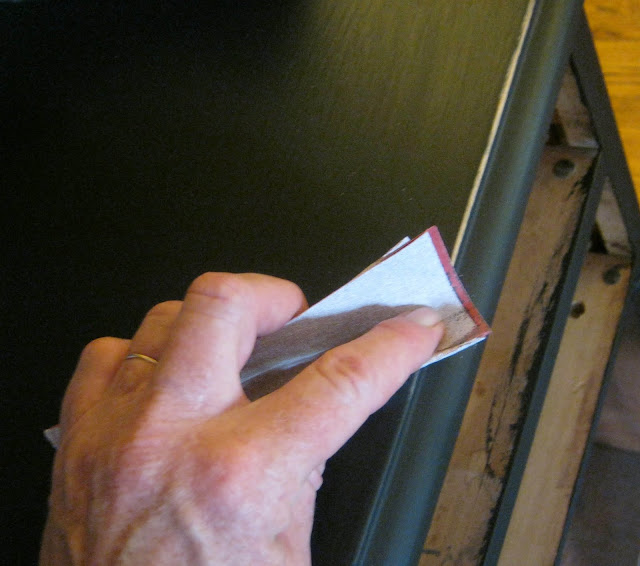 |
| Mercury Glass |
Mercury Glass is back in style and featured in catalogs like Pottery Barn and Wisteria, and popping up at my favorite chain boutique, Anthropologie. The glimmering silvery candle holders, lamps, and home accents look elegant paired with white for a dazzling winter glow.
From the 1840's to the early 1930's, mercury glass was produced and offered to the public as a substitute for sterling silver. Called "poor man's silver," this double walled glass contained no mercury. A liquid silver was poured between the glass walls and sealed to prevent tarnish. Old mercury glass was often etched, providing even more twinkle.
Today, antique mercury glass is somewhat hard to find, due to breakage, and so can be quite expensive. The new versions are affordable, even for those on a tight budget.
But living in reduced circumstances, combined with the fact that I already own way too much in the way of decorating accents, accumulated over the years, I think I'll pass on the mercury glass. I will use my vintage silver plate instead, and allow silver to stand in for mercury glass.
Even buying used silver plate is cheaper than the new mercury glass. Thrift stores usually offer lots of silver plate for less than $5.00 an item. Look for the tell-tale black smudges that indicate tarnished silver. Just take it home and polish it up. Vintage silver plate is the new poor man's mercury glass.



























